Home>Articles>How Many Rungs Of A Ladder Should Be Above The Structure


Articles
How Many Rungs Of A Ladder Should Be Above The Structure
Modified: December 7, 2023
Discover the ideal number of rungs of a ladder that should be above the structure you're working on. Read our informative articles for expert advice and safety tips.
(Many of the links in this article redirect to a specific reviewed product. Your purchase of these products through affiliate links helps to generate commission for Storables.com, at no extra cost. Learn more)
Introduction
When it comes to using ladders, safety is of paramount importance. Whether you’re working on a construction site, doing maintenance work at home, or engaging in any other activity that requires reaching elevated areas, having sturdy and reliable ladder rungs is crucial. But have you ever wondered how many rungs should be above the structure you’re working on?
In this article, we will dive into the topic of ladder rungs and explore the importance of having an adequate number of rungs above the structure. We will also discuss the factors to consider when determining the ideal number of rungs, safety standards and regulations regarding ladder design, the consequences of insufficient rungs above the structure, and the benefits of providing sufficient rungs. By the end of this article, you’ll have a better understanding of why having the right number of rungs above the structure is key to ensuring safety.
So, let’s delve into the intricacies of ladder rungs and discover the optimal setup for a secure and effective climbing experience.
Key Takeaways:
- Prioritize ladder safety by ensuring at least three rungs are above the structure for stability, accessibility, and confidence, following safety standards and avoiding common misconceptions.
- Sufficient rungs above the structure enhance safety, stability, and access to elevated areas, promoting a secure and efficient working environment while minimizing risks.
Read more: How Far Apart Should Ladder Rungs Be
The Importance of Having Rungs Above the Structure
When you’re using a ladder, having rungs positioned above the structure you’re working on is crucial for several reasons. Here’s why:
- Stability and Balance: By having rungs above the structure, you can maintain better stability and balance while ascending or descending the ladder. This is especially important when you’re carrying tools or materials with you. The additional rungs provide extra points of contact and support, helping you maintain a secure grip and preventing any wobbling or tipping of the ladder.
- Accessibility: With rungs positioned above the structure, you can safely reach higher areas without the need for precarious stretching or overreaching. This ensures that you can perform your tasks comfortably and efficiently, reducing the risk of overexertion or accidental falls.
- Safety: Placing rungs above the structure enhances safety by reducing the chances of accidents and injuries. When there are rungs above the structure, you have a clear and defined path to climb up or down the ladder, minimizing the risk of slipping or losing your footing.
- Flexibility: Having rungs above the structure allows for greater flexibility and adaptability in various work situations. You can easily adjust your position on the ladder without compromising your stability or decreasing the contact points. This is particularly useful when you’re working in tight or awkward spaces where precision and balance are crucial.
- Confidence: When you can rely on rungs above the structure, it boosts your confidence while working at heights. Knowing that you have proper support and a secure means to navigate the ladder instills a sense of assurance, enabling you to focus on the task at hand without unnecessary anxiety.
In summary, ladder rungs positioned above the structure play a vital role in ensuring stability, balance, accessibility, safety, flexibility, and confidence. By providing these crucial advantages, they contribute significantly to a safer and more efficient working environment, whether it’s on a construction site or in a residential setting.
Factors to Consider for Determining the Number of Rungs
When determining the appropriate number of rungs above the structure, several factors should be taken into consideration. Here are some key factors to keep in mind:
- Height of the Structure: The height of the structure you’re working on is a crucial factor in determining the number of rungs needed above it. The higher the structure, the more rungs will be required to provide adequate support and stability.
- Weight Capacity: Consider the weight capacity of the ladder when deciding on the number of rungs. Ensure that the ladder is designed to withstand the load it will bear, including your weight and any additional equipment or materials you may be carrying.
- Intended Use: Different tasks may require varying numbers of rungs above the structure. For example, if you’re performing a quick inspection or a simple maintenance task, fewer rungs may be sufficient. However, if you’re engaging in prolonged work at height or heavy-duty tasks, more rungs may be necessary for enhanced stability.
- Environmental Conditions: Take into account the environmental conditions in which the ladder will be used. Factors such as wind, rain, or uneven surfaces can impact ladder stability. In such cases, having more rungs above the structure can provide an added layer of safety and support.
- User Experience and Preference: Consider the experience and comfort level of the ladder users. Some individuals may prefer more rungs for additional security and peace of mind, while others may feel confident with fewer rungs. It’s important to strike a balance between user preference and the necessary safety requirements.
It’s also worth noting that different types of ladders, such as step ladders or extension ladders, may have specific guidelines regarding the number of rungs above the structure. Always refer to the manufacturer’s instructions or consult with safety professionals to ensure compliance with recommended standards.
By considering these factors, you can make an informed decision about the number of rungs needed above the structure. Remember, prioritizing safety and stability is key when determining the appropriate setup for your ladder.
Recommended Number of Rungs Above the Structure
While the specific number of rungs above the structure will vary depending on the factors mentioned earlier, there are some general guidelines and recommendations to consider when determining the optimal setup. Keep in mind that these recommendations may not apply to every situation, and it’s essential to assess the specific needs and requirements of your work environment.
For most standard ladders, it is recommended to have at least three rungs above the structure you’re working on. This ensures sufficient stability, balance, and support while allowing for comfortable access to elevated areas.
Having three rungs above the structure provides a few key benefits. Firstly, it offers an additional point of contact for stability, reducing the chances of the ladder tipping or sliding. Secondly, it allows you to maintain a secure grip on the ladder as you climb up or down, minimizing the risk of slipping or losing your footing. Finally, three rungs provide an adequate distance between the top rung and the structure, enabling safe and accessible reach to higher areas.
However, there may be scenarios where more than three rungs are necessary. If you are working on a higher structure or engaging in tasks that require increased stability and support, it’s advisable to add more rungs accordingly. This ensures that you have a secure and reliable climbing experience, particularly when dealing with challenging work conditions or heavier loads.
On the other hand, it’s generally not recommended to have fewer than three rungs above the structure. Having fewer rungs can compromise stability and safety, increasing the risk of accidents and falls. If you find yourself in a situation where the ladder does not have the required number of rungs above the structure, it’s advisable to seek alternative options or consider using a different ladder that provides the necessary support.
Always remember to refer to the manufacturer’s instructions and follow applicable safety regulations when determining the recommended number of rungs above the structure. And when in doubt, consult with safety professionals or experts in ladder design to ensure compliance and maintain a secure working environment.
Safety Standards and Regulations for Ladder Design
Ensuring the safety of ladder users is of utmost importance, which is why there are specific safety standards and regulations in place for ladder design. These standards provide guidelines for ladder manufacturers to ensure the construction, materials, and overall design of ladders meet minimum safety requirements. Here are some key safety standards and regulations to be aware of:
- OSHA Standards: In the United States, the Occupational Safety and Health Administration (OSHA) sets regulations and standards for ladder safety. OSHA provides detailed guidelines on ladder construction, rung spacing, weight capacity, and other important safety aspects. It is crucial to comply with OSHA standards to maintain a safe work environment and prevent accidents.
- ANSI A14 Standards: The American National Standards Institute (ANSI) develops and publishes ladder safety standards under the ANSI A14 series. These standards cover various types of ladders, including portable ladders, step stools, and extension ladders. ANSI A14 standards address important aspects such as ladder load rating, structural integrity, and rung spacing.
- European Norms (EN): In Europe, ladder safety standards are governed by the European Norms (EN). The EN 131 series specifically covers ladders, providing guidelines for ladder design, dimensions, safety features, and labeling requirements. It is essential for ladder manufacturers and users in Europe to adhere to the EN 131 standards to ensure compliance with safety regulations.
- Canadian Standards Association (CSA): In Canada, ladder safety standards are established by the Canadian Standards Association (CSA). The CSA standards outline requirements for ladder design, performance, and testing. Compliance with CSA standards is crucial to ensure ladder safety and prevent accidents in Canadian workplaces.
- International Standards: Besides regional standards, there are also international standards that provide guidance on ladder safety. The International Organization for Standardization (ISO) has developed the ISO 131 standard, which aligns with the European EN 131 series. These international standards aim to harmonize ladder safety practices across different countries.
It is crucial for manufacturers and users to familiarize themselves with the applicable safety standards and regulations in their respective regions. By following these standards, ladder design will meet the minimum safety requirements, reducing the risk of accidents and injuries.
Additionally, it’s important to inspect and maintain ladders regularly to ensure they remain in proper working condition. This includes checking for rung damage or wear, verifying load ratings, and keeping the ladder clean and free from debris. Regular inspections and maintenance help to identify any issues or potential hazards and address them promptly.
By adhering to safety standards and regulations and prioritizing ladder maintenance, you can contribute to creating a safer work environment and reducing the likelihood of ladder-related accidents.
The Occupational Safety and Health Administration (OSHA) recommends that the top of a ladder should extend at least 3 feet above the point of support, such as a roofline or landing. This provides a secure handhold for anyone getting on or off the ladder.
Read more: What Is A Rung Of A Ladder
Consequences of Insufficient Rungs Above the Structure
Insufficient rungs above the structure can have severe consequences, putting ladder users at a higher risk of accidents and injuries. Here are some potential consequences that can arise from not having an adequate number of rungs above the structure:
- Decreased Stability: Insufficient rungs above the structure can compromise the stability of the ladder. Without enough rungs to provide proper support, the ladder may become wobbly, increasing the chances of tipping or sliding. This instability can lead to falls and injuries, especially when working at significant heights.
- Compromised Balance: The lack of sufficient rungs above the structure can make it challenging to maintain proper balance while climbing the ladder. With fewer points of contact, ladder users may struggle to distribute their weight evenly, making it more difficult to ascend or descend safely. This imbalance can result in slips, trips, and falls.
- Difficulty in Accessing Higher Areas: Without enough rungs above the structure, ladder users may find it difficult to reach elevated areas safely. Overstretching or overreaching to compensate for the lack of rungs can lead to strained muscles, loss of balance, or even falls. This can also hinder the efficiency and productivity of work tasks.
- Increased Risk of Fatigue: Insufficient rungs above the structure can add stress and strain on the body. Users may need to exert more effort to maintain their position on the ladder, potentially leading to fatigue and muscle fatigue. Fatigue can impair concentration and increase the likelihood of accidents due to decreased alertness and reduced physical strength.
- Greater Chance of Ladder Failure: Inadequate rungs can put excessive stress on the ladder’s structure and materials. Over time, this stress can lead to fatigue or damage to the ladder, increasing the risk of ladder failure. A ladder that is not designed with enough rungs above the structure may not be able to withstand the expected load, potentially causing a catastrophic failure and resulting in serious injuries.
It is essential to recognize that inadequate rungs above the structure significantly compromise ladder safety. To mitigate these consequences, always ensure that the ladder you use has an appropriate number of rungs above the structure, providing the necessary support, stability, and balance for safe climbing.
Remember, the goal is to create a safe working environment that minimizes risks and promotes the well-being of ladder users. By prioritizing the proper number of rungs above the structure, you can help prevent accidents, injuries, and potential long-term consequences associated with ladder misuse or inadequate ladder design.
Benefits of Providing Sufficient Rungs Above the Structure
Ensuring that there are sufficient rungs above the structure when using a ladder offers several significant benefits. These benefits contribute to a safer and more efficient working environment. Let’s explore some key advantages of providing an adequate number of rungs:
- Enhanced Safety: Sufficient rungs above the structure significantly improve ladder safety. With additional rungs, ladder users have more points of contact and support, reducing the risk of slips, trips, and falls. These extra rungs provide stability and balance, instilling confidence and minimizing the chances of accidents and injuries.
- Improved Stability: Having the right number of rungs above the structure promotes ladder stability. With more rungs, the ladder becomes more secure, reducing wobbling or shaking while climbing. Users can maintain a steady grip on the ladder, enabling them to perform tasks safely and with better control.
- Easy Access to Elevated Areas: Sufficient rungs above the structure make it easier to access higher areas comfortably. Users can climb the ladder confidently without straining or overreaching. This accessibility allows for more efficient work, reducing the risk of accidents caused by awkward or compromised positions.
- Reduced Fatigue: When there are enough rungs above the structure, ladder users can maintain a more relaxed and natural position while ascending or descending. This reduces fatigue on the muscles and joints, allowing for increased endurance and minimizing the risk of strain or overexertion. Reduced fatigue contributes to better focus, concentration, and overall productivity.
- Flexibility and Adaptability: A ladder with sufficient rungs provides users with greater flexibility and adaptability in various work scenarios. With more rungs, users can easily reposition themselves on the ladder without compromising stability. This is particularly important when navigating tight or challenging spaces, as it allows for increased maneuverability without sacrificing safety.
- Peace of Mind: Providing enough rungs above the structure fosters a sense of security and peace of mind for ladder users. Knowing that they have a properly equipped ladder with adequate rungs enhances confidence and reduces the risk of anxiety or fear. This peace of mind allows workers to focus on their tasks and perform them efficiently and effectively.
By ensuring sufficient rungs above the structure, you create a safer work environment, reduce the likelihood of accidents, and protect the well-being of ladder users. These benefits contribute to increased productivity, improved morale, and overall operational efficiency.
Always remember to assess the specific requirements of your work environment and adhere to applicable safety standards and regulations when determining the number of rungs needed above the structure. Prioritizing ladder safety is key to creating a conducive and secure environment for everyone using ladders in various industries and settings.
Common Mistakes and Misconceptions About Ladder Rungs
When it comes to ladder safety, there are several common mistakes and misconceptions surrounding ladder rungs. These misunderstandings can lead to unsafe practices and potentially increase the risk of accidents. Let’s address some of the most prevalent mistakes and misconceptions about ladder rungs:
- Ignoring Rung Spacing: One common mistake is overlooking the importance of proper rung spacing. Ladder rungs should be evenly spaced to ensure safe climbing and minimize the risk of foot injuries. Incorrect rung spacing, such as rungs that are too close together or too far apart, can affect stability and balance, leading to accidents.
- Underestimating Weight Capacity: Another common misconception is underestimating the weight capacity of ladder rungs. Each rung is designed to support a specific load, and exceeding this capacity can lead to rung failure or ladder collapse. It is important to be aware of the maximum weight the ladder and its rungs can bear and never exceed it.
- Assuming Rung Strength: Some individuals mistakenly assume that ladder rungs are indestructible. While ladder rungs are designed to be sturdy, they are not invulnerable to damage or wear. Over time, rungs can become weakened or damaged, compromising their strength. Regular inspection and maintenance of ladder rungs are crucial to ensure their structural integrity.
- Neglecting Rung Condition: Failure to inspect ladder rungs for signs of wear, such as cracks, splinters, or slippage, is a common mistake. Damaged or worn-out rungs pose a significant safety risk, as they can lead to unexpected accidents. Regularly checking the condition of ladder rungs and promptly replacing any damaged rungs is essential for maintaining ladder safety.
- Using Improvised Rungs: One dangerous misconception is the use of improvised or makeshift rungs on ladders. Some individuals may attempt to use objects such as planks or household items as additional rungs, assuming they will provide extra support. However, improvised rungs may not be designed or tested for ladder use, posing a serious risk of failure and accidents.
- Neglecting Proper Climbing Technique: A common mistake is not following proper climbing techniques when using ladder rungs. Users may skip rungs while ascending or descending, causing instability and increasing the risk of falls. It is essential to maintain three points of contact with the ladder at all times, ensuring that both feet and one hand or both hands and one foot are firmly gripping the rungs.
It is crucial to be aware of these mistakes and misconceptions and to take the necessary steps to rectify them. By practicing proper ladder safety techniques, regularly inspecting ladder rungs, and adhering to manufacturer’s instructions and safety guidelines, you can significantly reduce the likelihood of accidents and promote a safer work environment.
Remember, ladder safety is everyone’s responsibility. By staying informed and vigilant, we can work towards preventing common mistakes and dispelling misconceptions, ensuring the safe use of ladder rungs for all ladder users.
Conclusion
Ensuring ladder safety is vital for anyone who regularly works at heights or utilizes ladders in their day-to-day activities. One crucial aspect of ladder safety is the presence of sufficient rungs above the structure being worked on. In this article, we have explored the importance of having the right number of rungs, factors to consider when determining the number of rungs, safety standards and regulations for ladder design, consequences of insufficient rungs, benefits of adequate rungs, and common mistakes and misconceptions surrounding ladder rungs.
By having an adequate number of rungs above the structure, ladder users can experience enhanced stability, improved balance, and easier access to elevated areas. The presence of sufficient rungs instills confidence, reduces the risk of accidents, and promotes a safer working environment. It is essential to comply with safety standards and regulations, such as those set by OSHA, ANSI, EN, and CSA, to ensure that ladder design meets minimum safety requirements.
Furthermore, neglecting ladder rungs and ignoring rung spacing, weight capacity, rung condition, and proper climbing technique can lead to serious consequences and jeopardize ladder user safety. Regular inspection, maintenance, and adherence to proper ladder safety practices are essential for mitigating risks and ensuring ladder users’ well-being.
In conclusion, prioritizing ladder safety and providing an appropriate number of rungs above the structure are critical steps towards creating a secure and efficient working environment. By understanding the importance of ladder rungs, considering the factors influencing the number of rungs, following safety standards and regulations, and avoiding common mistakes and misconceptions, we can ensure a safer experience when using ladders and maintain the well-being of ladder users.
Frequently Asked Questions about How Many Rungs Of A Ladder Should Be Above The Structure
Was this page helpful?
At Storables.com, we guarantee accurate and reliable information. Our content, validated by Expert Board Contributors, is crafted following stringent Editorial Policies. We're committed to providing you with well-researched, expert-backed insights for all your informational needs.

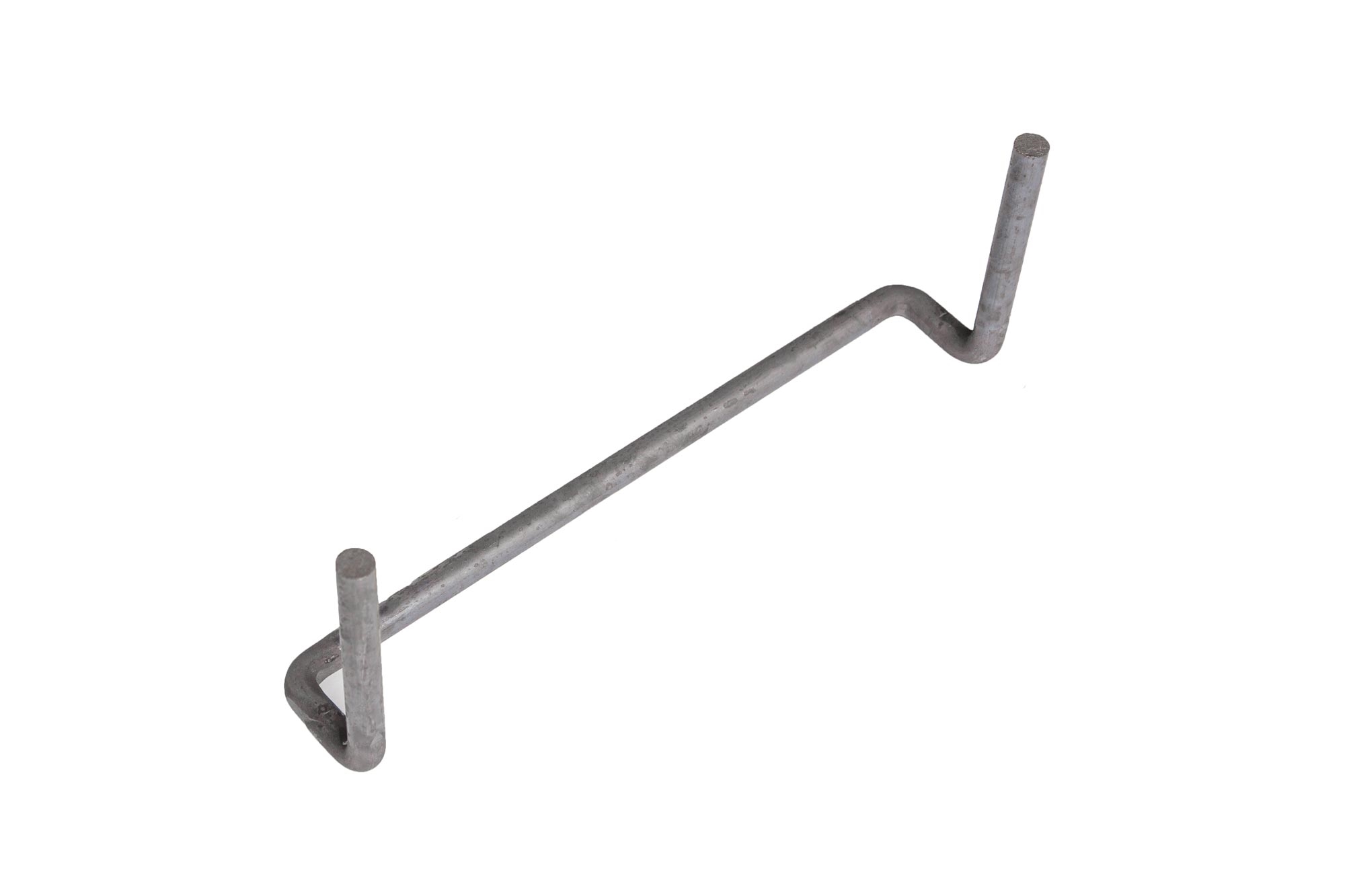
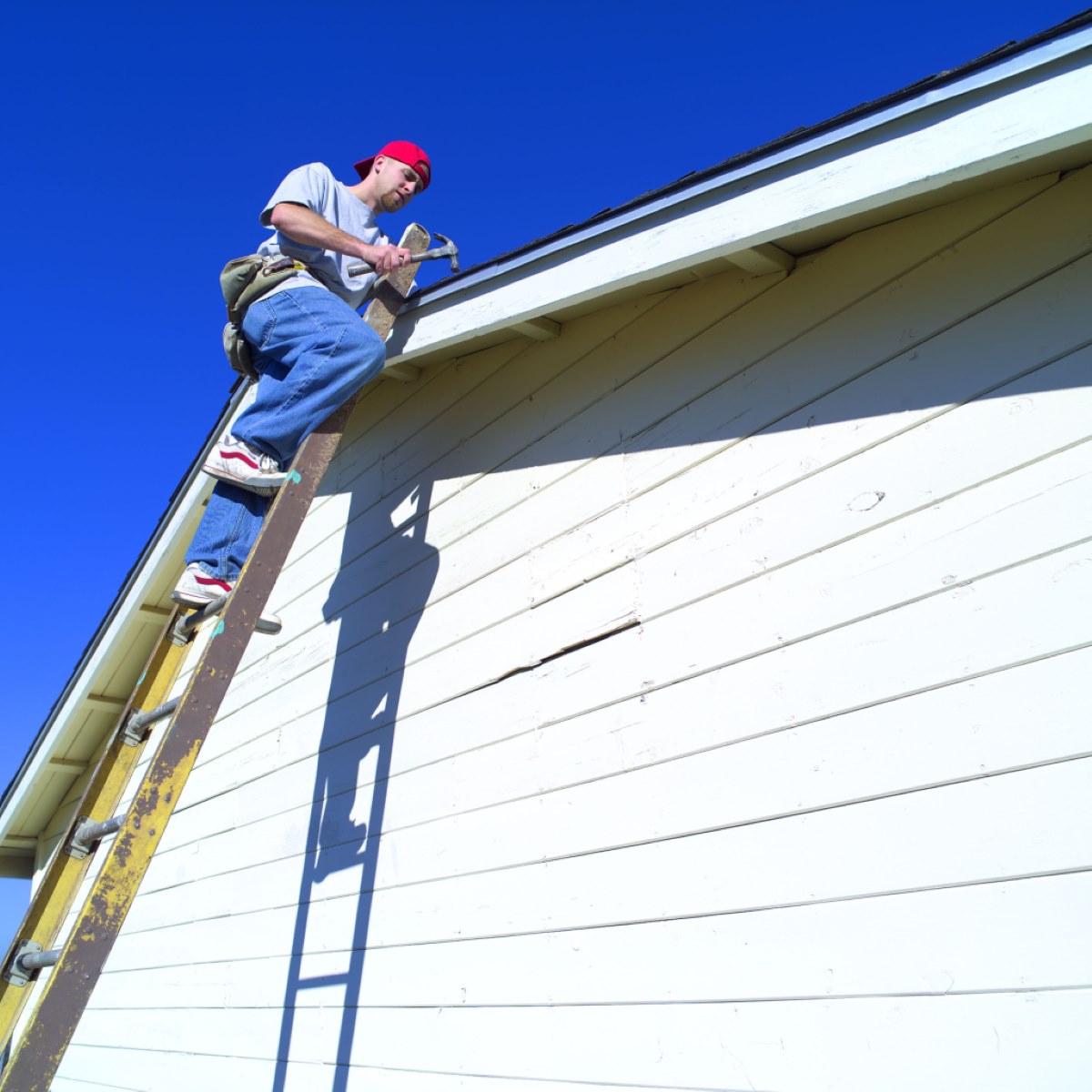
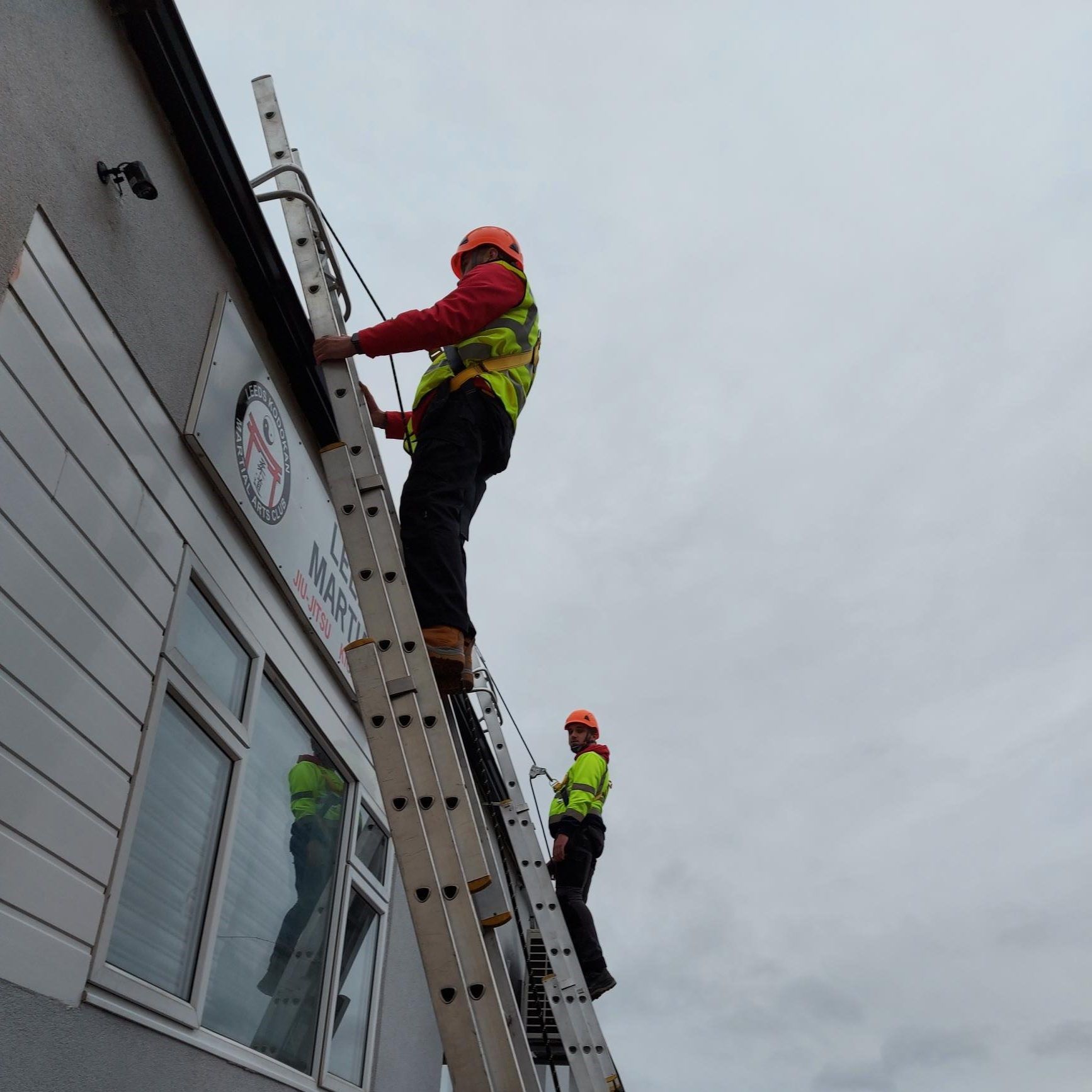
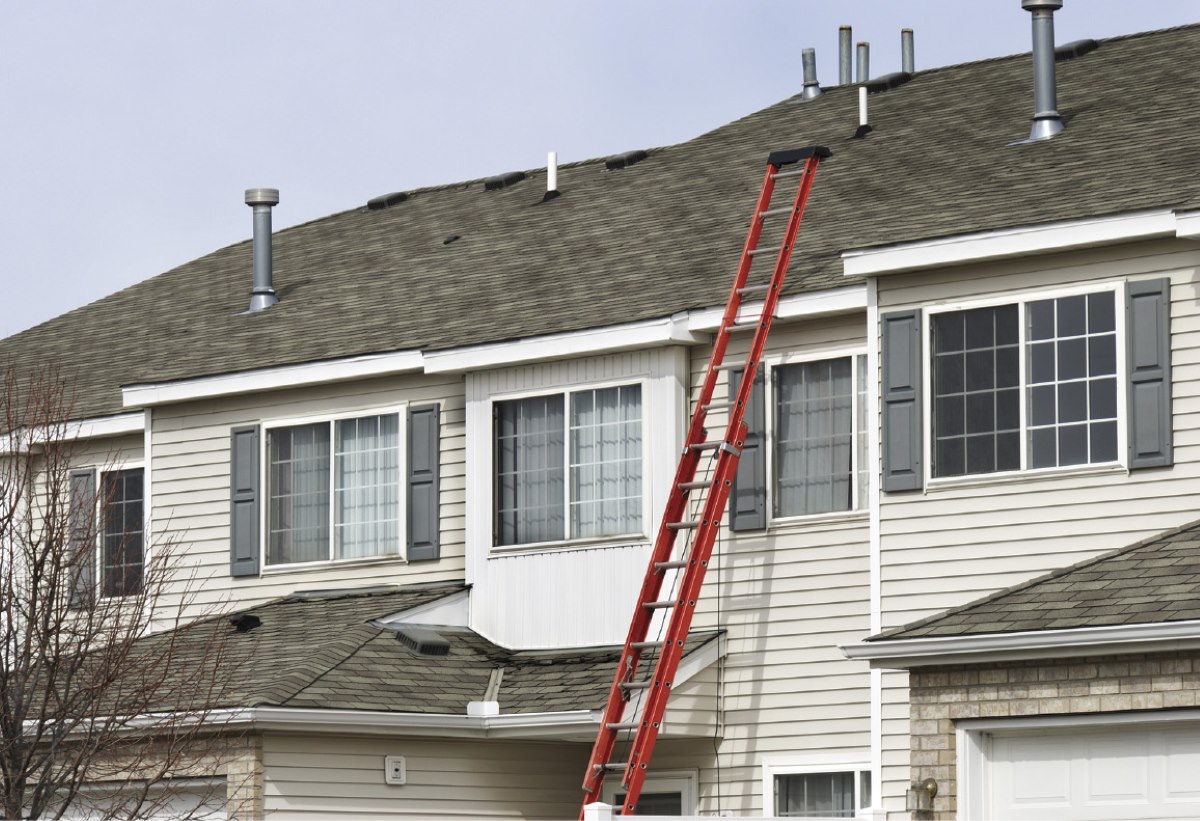

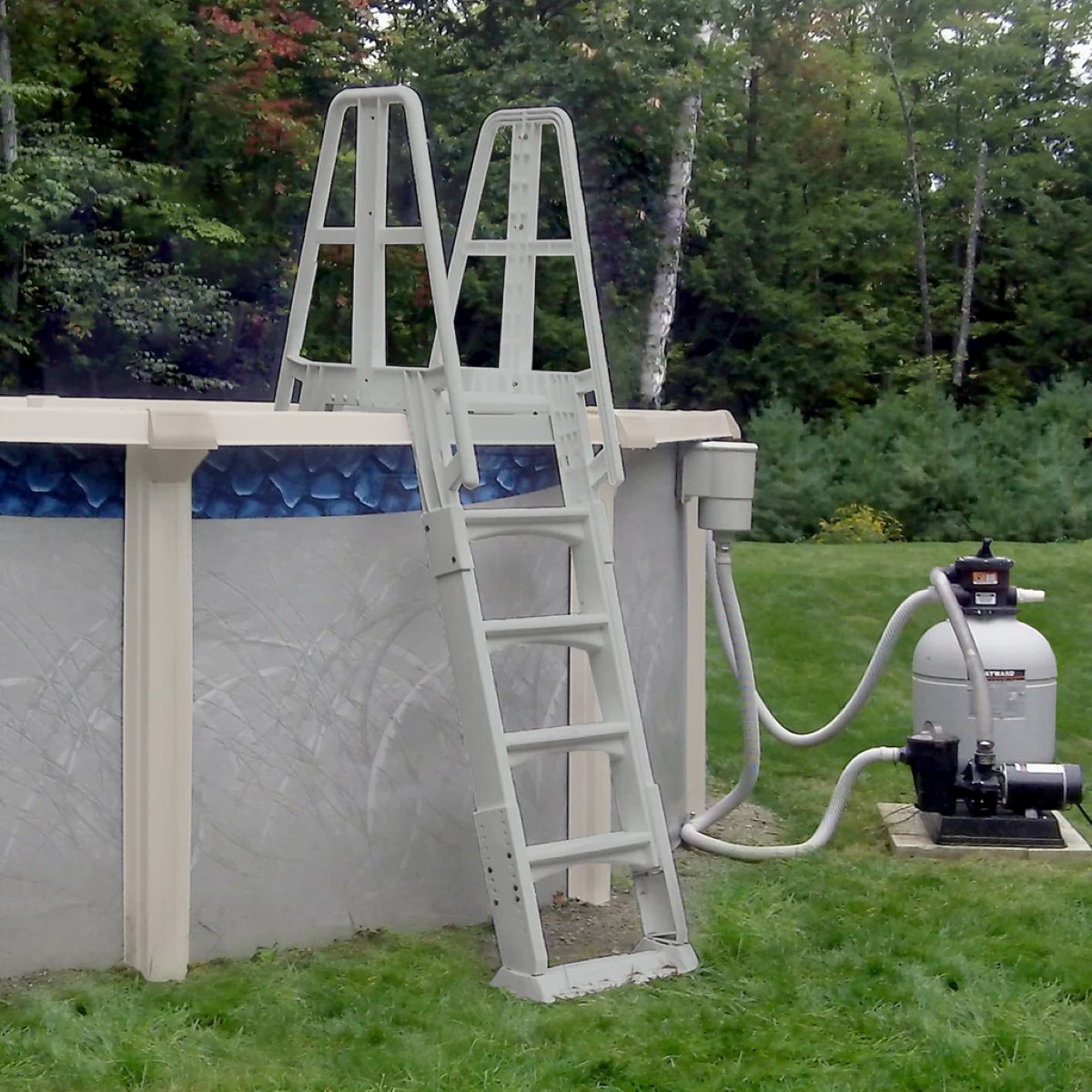
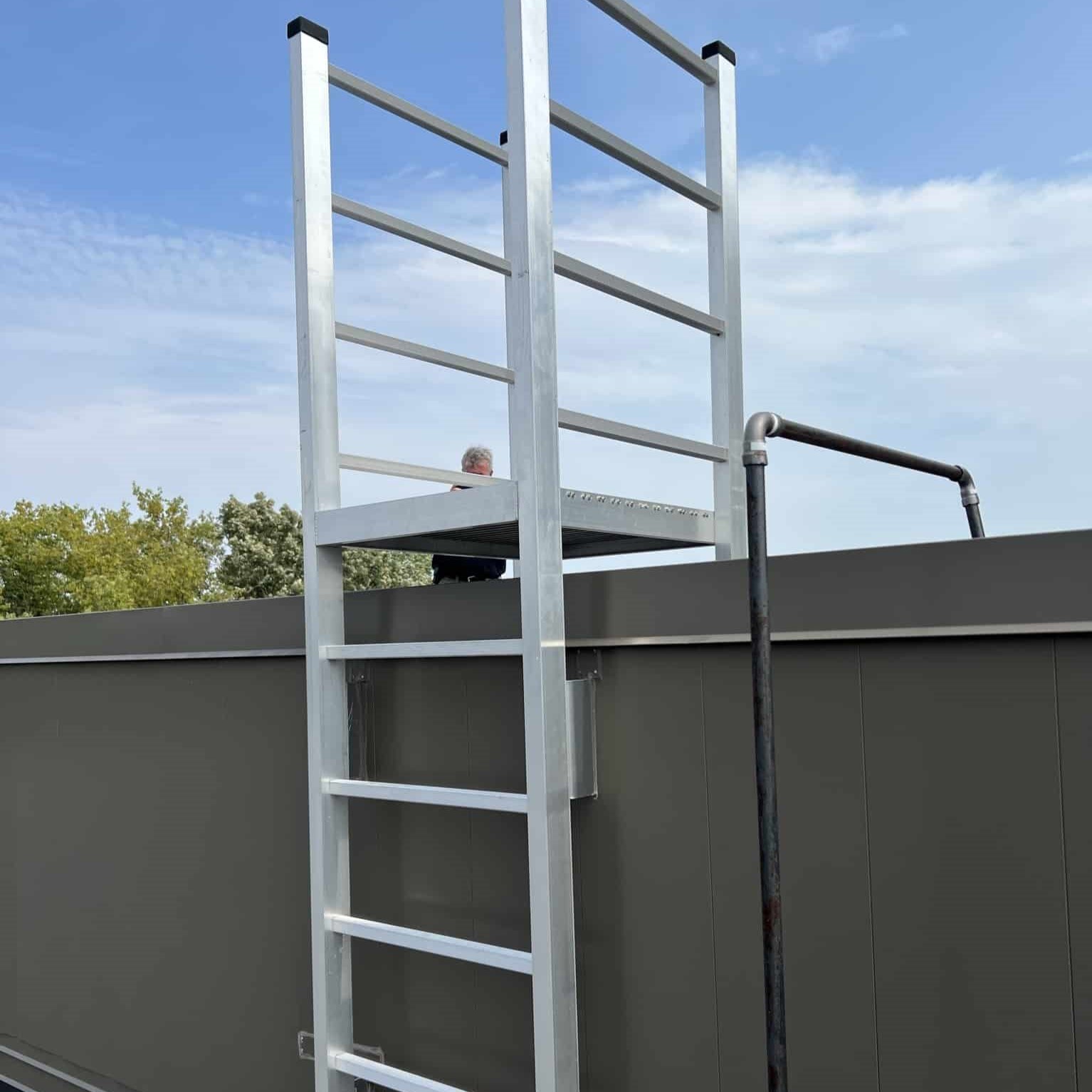
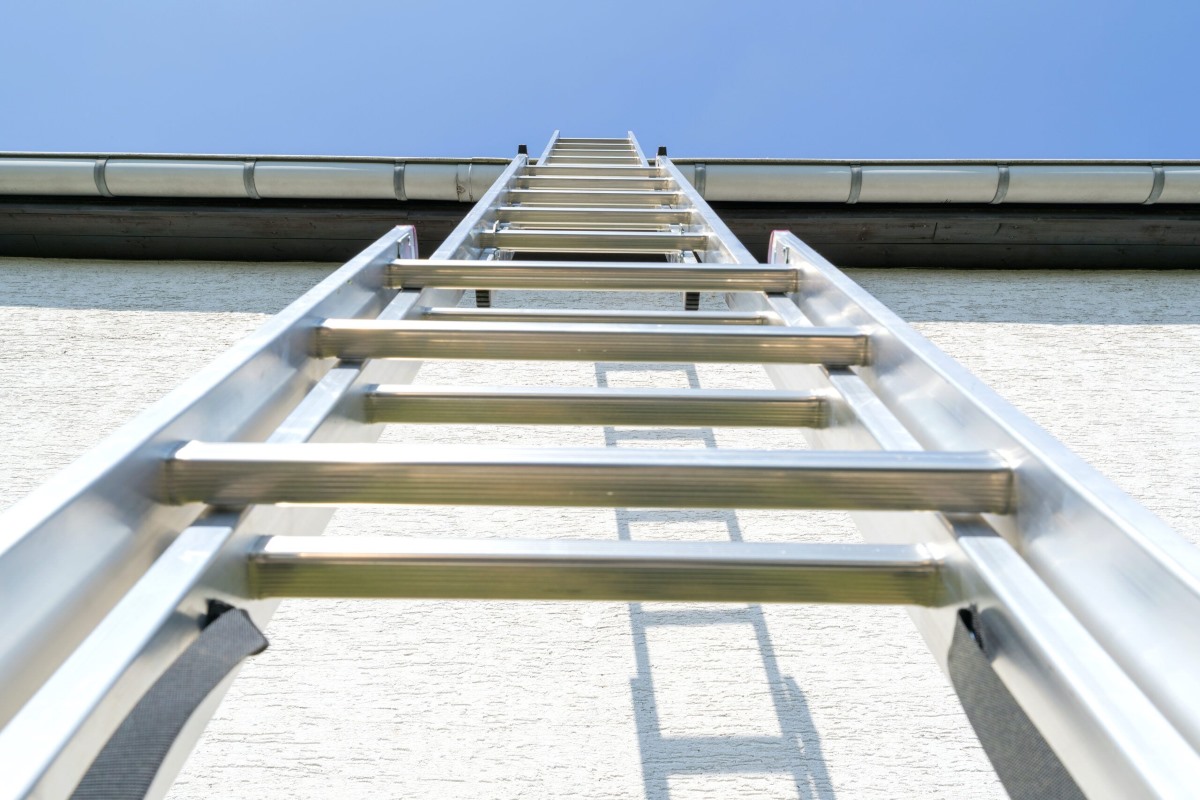






0 thoughts on “How Many Rungs Of A Ladder Should Be Above The Structure”